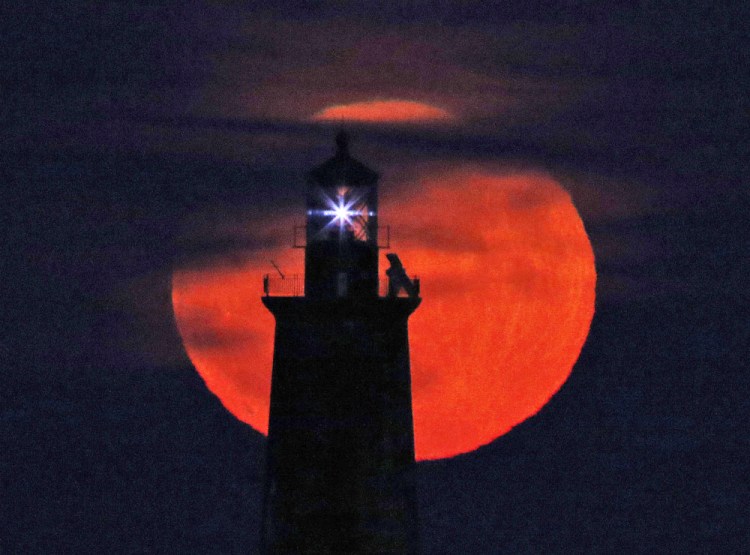OK, supermoons are definitely cool, but what the heck are they again, exactly? Here’s a refresher, courtesy of the folks at Wikipedia:
The moon’s distance from Earth ranges from 222,000 and 252,000 miles because its orbit is elliptical. A supermoon is a full moon that coincides with its closest distance to Earth, resulting in a larger-than-usual apparent size of the lunar disk as seen from Earth.
The term supermoon is not astronomical, but originated in modern astrology. The association of the Moon with both oceanic and crustal tides has led to claims that the supermoon phenomenon may be associated with increased risk of events like earthquakes and volcanic eruptions, but there is no evidence of such a link.
Even closer than Sunday night’s supermoon was the one that occurred on Nov. 14, 2016, and that was the closest supermoon since Jan. 26, 1948, and will not be surpassed until Nov. 25, 2034.
If you think you’ll still be around, mark this on your calendar: The closest supermoon of the century will occur on Dec. 6, 2052.
Send questions/comments to the editors.



Success. Please wait for the page to reload. If the page does not reload within 5 seconds, please refresh the page.
Enter your email and password to access comments.
Hi, to comment on stories you must . This profile is in addition to your subscription and website login.
Already have a commenting profile? .
Invalid username/password.
Please check your email to confirm and complete your registration.
Only subscribers are eligible to post comments. Please subscribe or login first for digital access. Here’s why.
Use the form below to reset your password. When you've submitted your account email, we will send an email with a reset code.